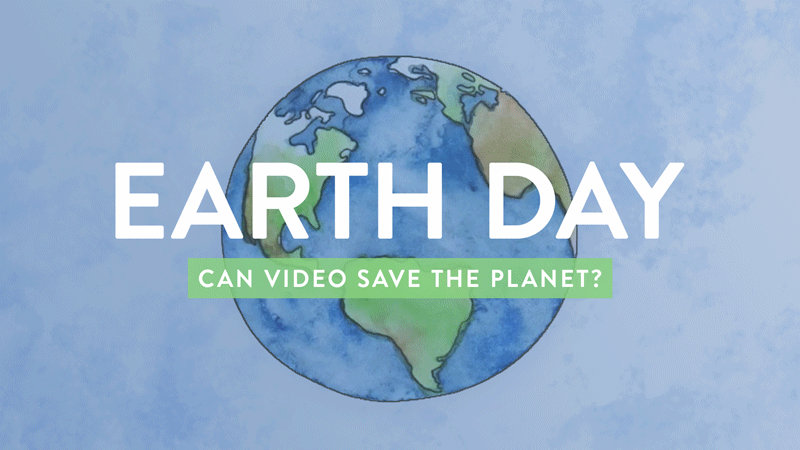Online video has been driving change and innovation in nearly every industry, and education is no exception. When it comes to helping students grasp and retain new concepts, video has been proven to be one of the most valuable tools in a teacher’s kit. However, video’s impact on education has moved far beyond the occasional DVD in the classroom. So, what is special about video and education, and what lessons can be derived for application in other industries?
Process and Retain
As any teacher can surely attest, no two students will learn at their best under the exact same instruction method. Some people excel at processing visual information, while others have stronger auditory learning skills. Being able to present information with a combination of visual, auditory and textual content with video has been shown to improve comprehension and retention. For example, 91% of UMASS students reported that the ability to rewatch lessons with online video helped them learn the material. These stats are borne out in higher exam scores and stronger student engagement in the classroom.
The impact of video on learning and retention carries over to people in the workplace. In our recent post about getting started with corporate video, we highlighted how video can benefit employee training initiatives and help keep everyone engaged with the company mission. This particular use for video is truly industry agnostic.
Global Connections
The way people respond to video makes it a powerful tool for increasing participation and collaboration across large distances. This has led to some interesting projects for students around the world. One example is the Peace Corps’ World Wise Schools program. Classrooms participating in the program get to explore remote areas of the world through pre-recorded and live videos featuring Peace Corps volunteers in the field (in addition to other resources). Some of the themes that are available to explore include global issues such as the environment, women’s empowerment, and cuisines from around the world. Another example is Collaborative Mathematics, a pet project from mathematician Jason Ermer. Jason posts videos of a mathematical problem on YouTube, and gets students from around the US to post video responses explaining how they arrived at their solutions. Making math – the subject nearly everyone dreaded at school – social and fun is no small feat, but Jason manages to do it with video.
The lesson for business here is clear. Just last week we wrote about a company using video to keep their 70% remote workforce engaged and productive. Video played a major role in their ability to work from wherever and still get work done. Inspiring students is certainly similar to motivating employees, and even more than that, fostering connections through video enables information to be transmitted faster, leading to higher productivity.
What other ways is video used in education that might be applicable to business? Let us know in the comments below or on Facebook and Twitter!








